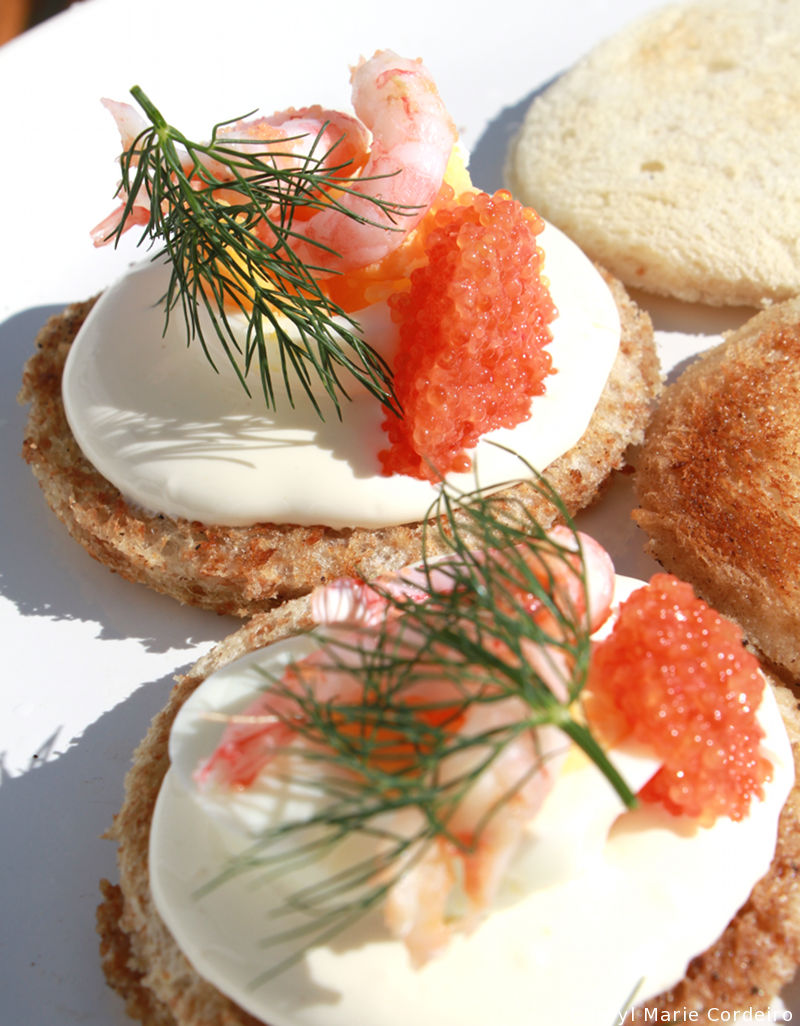In celebration of an anniversary, with a Brut Vintage 2009 Champagne Pol Roger. Aged for 8 years before being released onto the market, this vintage champagne consists of a blend of pinot noir and chardonnay gathered from 20 Grands and Premiers crus vineyards in the Montagne de Reims and the Côte des Blancs.
Text & Photo © JE Nilsson, CM Cordeiro 2018
I don’t think I could ever tire of contemplating Niels Bohr’s (1885-1962) complementarity applied to subjects beyond theories of quantum physics. My latest read on the subject is an article by Filip Grygar [1], on Bohr’s complementarity related to the field of biosemiotics. Grygar discusses the application of complementarity to three existing models of living systems that include mechanistic (molecular) biology, biosemiotics and phenomenological hermeneutic biosemiotics. Overall, I think the article gives a good summary of Bohr’s complementarity applied to living phenomena.
Complementarity was the foundation perspective upon which Bohr viewed the many seeming contradictions of life as unity of knowledge. Just as the phenomenon of light cannot be adequately accounted for by mechanical measurements, but rather captured in the complementarity of it being both wave and particle, so the phenomenon of living needs be viewed in complementarity:
“the existence of life must be considered as an elementary fact that cannot be explained, but must be taken as a starting point in biology, in a similar way as the quantum of action, which appears as an irrational element from the point of view of classical mechanical physics, taken together with the existence of the elemen- tary particles, forms the foundation of atomic physics. The asserted impossibility of a physical or chemical explanation of the function peculiar to life would in this sense be analogous to the insufficiency of the mechanical analysis for the understanding of the stability of atoms” [2, CW10:34].
In Bohr’s perspective, empirical measurements are hermenutical processes. The process and the actors of observation are intricately intertwined in an activity that is both cognitive and material, so that it is difficult to distinctly define, the boundaries of influence between the two. It is also the case that in order to analyze a circumstance, our emotions for example, we first need to disengage with the emotions to be analyzed, so that this introspective activity becomes viewed in retrospect. As such, what is defined as knowledge (empirically observed, measured and quantified) is also a type of knowing/understanding that is reduced to its specific field of empirical observations, drawing in its own limitations.
I find great wisdom in the writings of Niels Bohr, and the understanding that there exists no thorough complex analysis of living and of living phenomena. But that we could however, try to understand differently, and use complementarity in gathering different types of knowledges that collage into an integral picture that deepens our understanding of living phenomena.
To that end, a bottle of 2009 Pol Roger brut vintage champagne to fresh summer strawberries, and shrimp sandwich, enjoyed on the balcony to celebrate an anniversary from 9.6.2006 is good enough knowledge bit for my own life’s collage of living.

Shrimp and caviar smörgås.



Sommartårta
References
[1] Grygar, F. (2017). Bohr’s Complementarity Framework in Biosemiotics, Biosemiotics 10:33-55. DOI 10.1007/s12304-016-9281-4.
[2] Bohr, N. (1972–2008). Collected works, vol. 1–13, Amsterdam, New York, Oxford, Tokyo: North-Holland Publishing Company, Elsevier.
